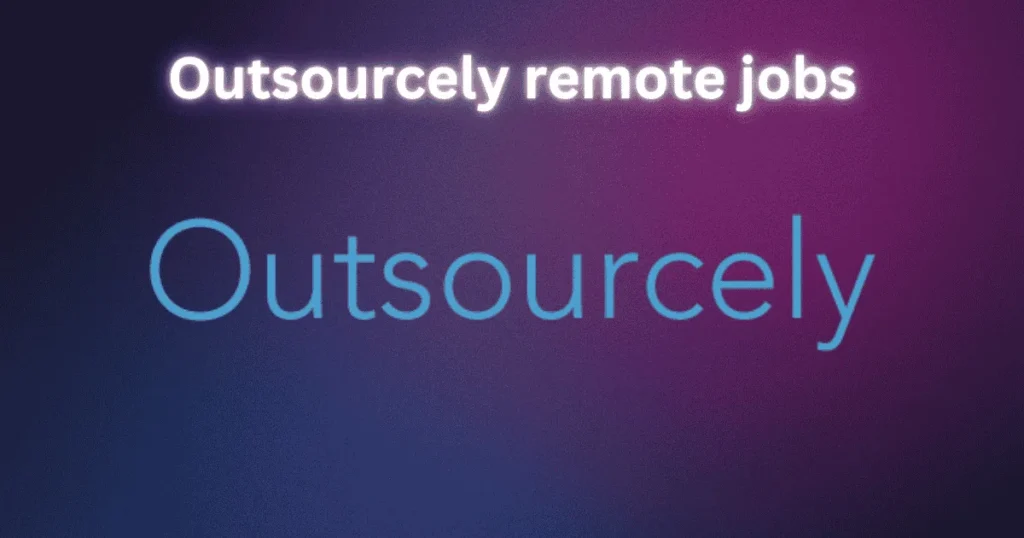No upfront monetary investment is required, but time and effort are needed to secure jobs and build a reputation.
Income is directly tied to the number of clients or jobs you can secure. Earnings can grow with effort, but it’s constrained by the hours you can work.
Freelancing requires active work, so it has little to no passive income potential.
here is a consistent demand for remote workers, especially in tech, writing, and customer support.
There is competition, especially since many remote job platforms exist. However, it’s not as saturated as general freelance sites.
Income may take some time to secure as finding clients and getting hired can take a few weeks or longer.
The long-term stability of income depends on the freelancer’s ability to maintain client relationships and continually find new work.
There is some risk of failure, particularly if you are unable to secure clients or the platform’s competitive nature results in insufficient income.
Newcomers can find opportunities, but they may struggle against more established freelancers.
The platform is subject to market and platform changes but remains relatively stable compared to gig platforms.
It is globally accessible, allowing freelancers from various countries to join, although some regions may have more opportunities than others.
While some positions require specific skills, there are many entry-level opportunities where minimal experience is needed.
Payment can be through a variety of methods like PayPal, and the process is generally smooth, but withdrawal times may vary.
It requires effort to apply for jobs, negotiate with clients, and consistently find work. The earning potential depends heavily on personal effort and marketing.
